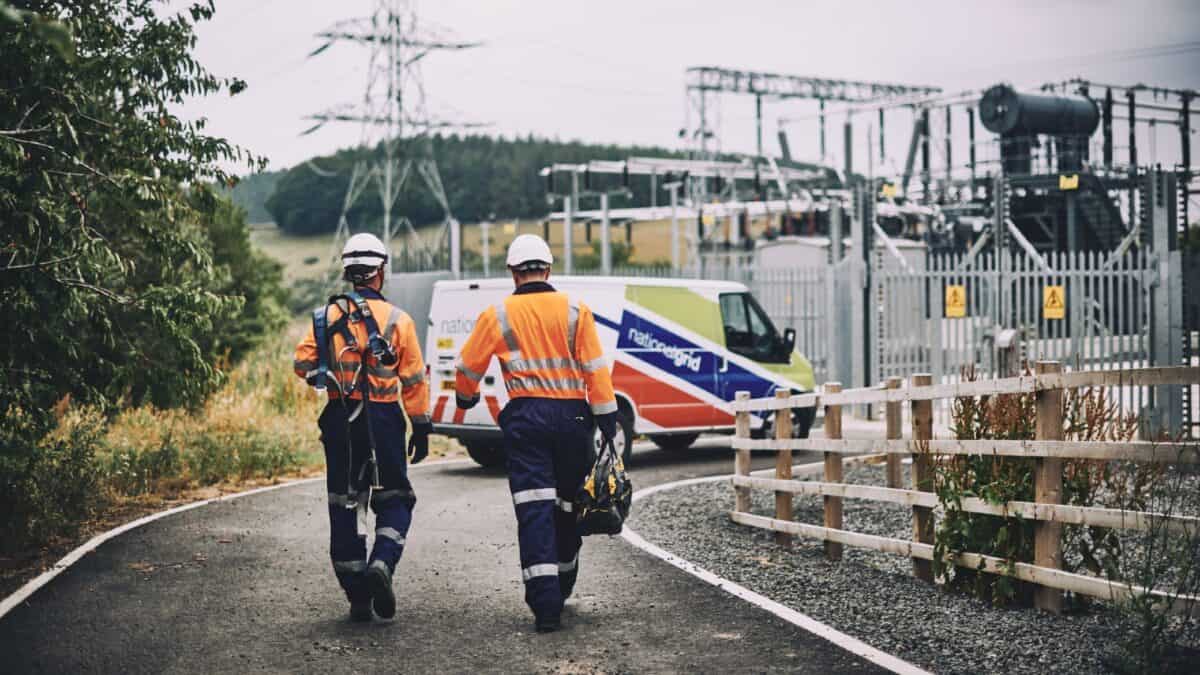National Grid (LSE: NG.) is one of the world’s largest publicly listed utility companies, operating regulated electricity and gas networks in the UK and north-eastern US. The National Grid share price has seen some major volatility recently. However, I want to consider whether this could be an opportunity, or simply a sign of challenges ahead.
What happened?
Year-to-date, the share price is down around 10.1%, underperforming the broader FTSE 100 index. However, over a longer five-year period, the stock has returned a respectable 21%, not including dividends. Many investors flock to utility companies as a relatively safe haven during times of volatility, where reliable demand and close regulation generally manage problems, albeit with profits usually limited.
So what’s driving the recent share price movements? A key factor is the regulatory environment in which the firm operates. As an electricity and gas utility in a natural monopoly, the company’s revenues and returns are heavily influenced by pricing regulations set by government bodies like Ofgem.
The latest RIIO-2 price controls, have been viewed as quite tough on utilities, squeezing allowed profits. For the UK electricity transmission business specifically, the equity return was set at just 4.3%. This has weighed on investor sentiment to an extent.
This stress hit a peak last week, when the company unveiled plans to raise a whopping £7bn to fund capital investments. Such a shock announcement is fairly rare in the sector, and can really knock investor confidence.
The numbers
The company saw growth in annual earnings of 17.8% in the last year, with a net margin of 11.2%. Decent numbers on the surface, but I tend to pay more attention to the balance sheet for utility companies. At present, the huge £47.4bn debt of the firm is not covered by the operating cash flow, meaning that any further surprises could put the company in difficulty.
National Grid is currently trading at a price-to-earnings (P/E) ratio of around 15 times, which seems reasonably valued for a large-cap utility company with fairly predictable earnings streams. The dividend yield of 5.1% is also attractive for income investors. In terms of the share price, a discounted cash flow calculation suggests the firm is about 33% undervalued at present. This all suggests there could be some potential for an investment, but I don’t blame the market for being a little spooked by the recent announcement.
What’s next?
Looking ahead, the business is increasingly focused on facilitating the UK’s transition to net zero greenhouse gas emissions. This will require massive investment in upgrading and expanding electricity transmission infrastructure to integrate more renewable energy sources.
The company estimates that investment requirements could rise substantially in the years ahead. Funding this heightened capital expenditure while balancing the books will be a key priority for management.
There are also risks around high inflation, as well as the potential for future labour disputes that could disrupt operations.
To me, National Grid appears to be reasonably valued given the recent uncertainty in the sector. The major upside depends on whether regulators take a more utility-friendly approach in future price controls to incentivise the massive investment required in clean energy infrastructure buildout. For now, I’ll be adding it to my watchlist.






